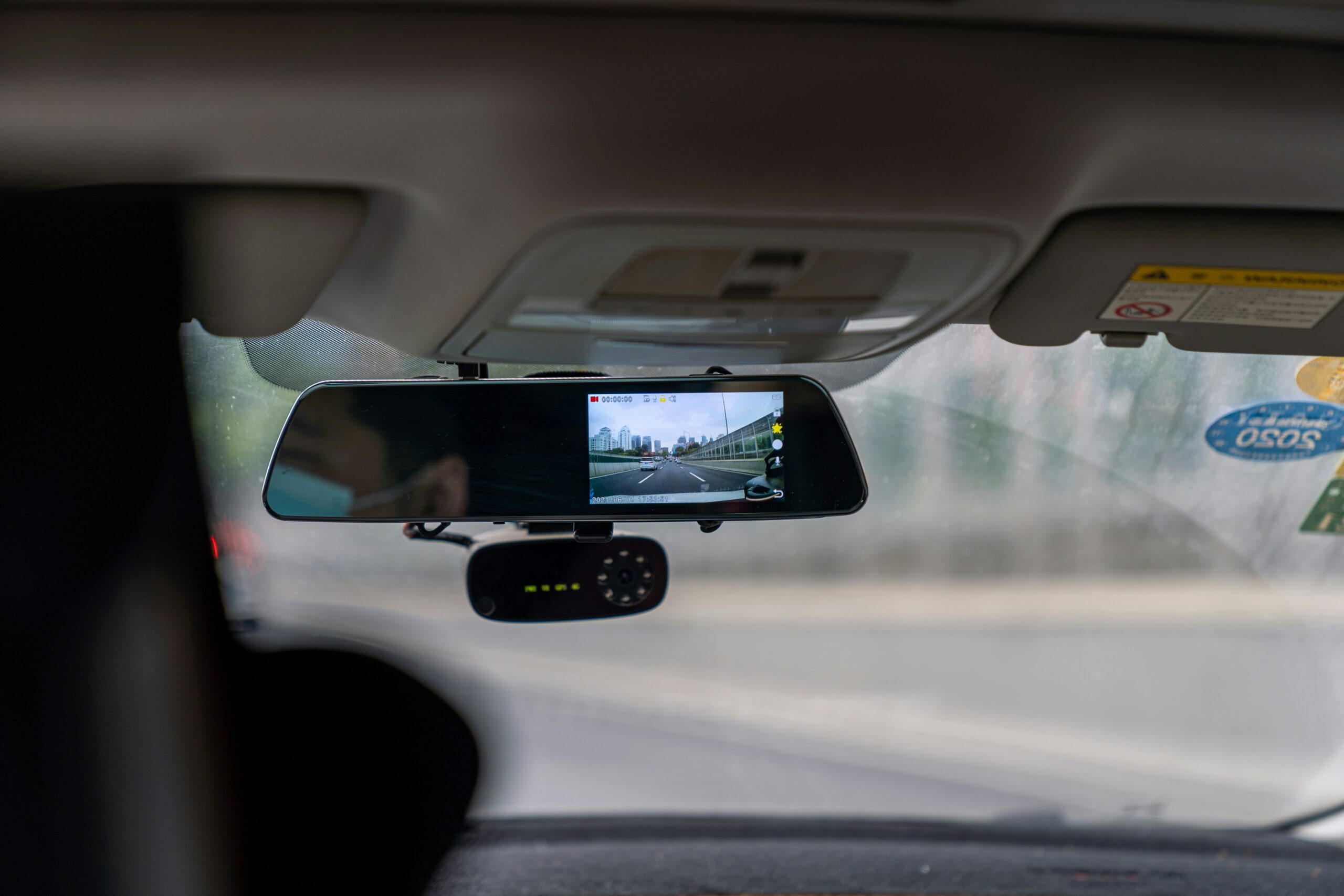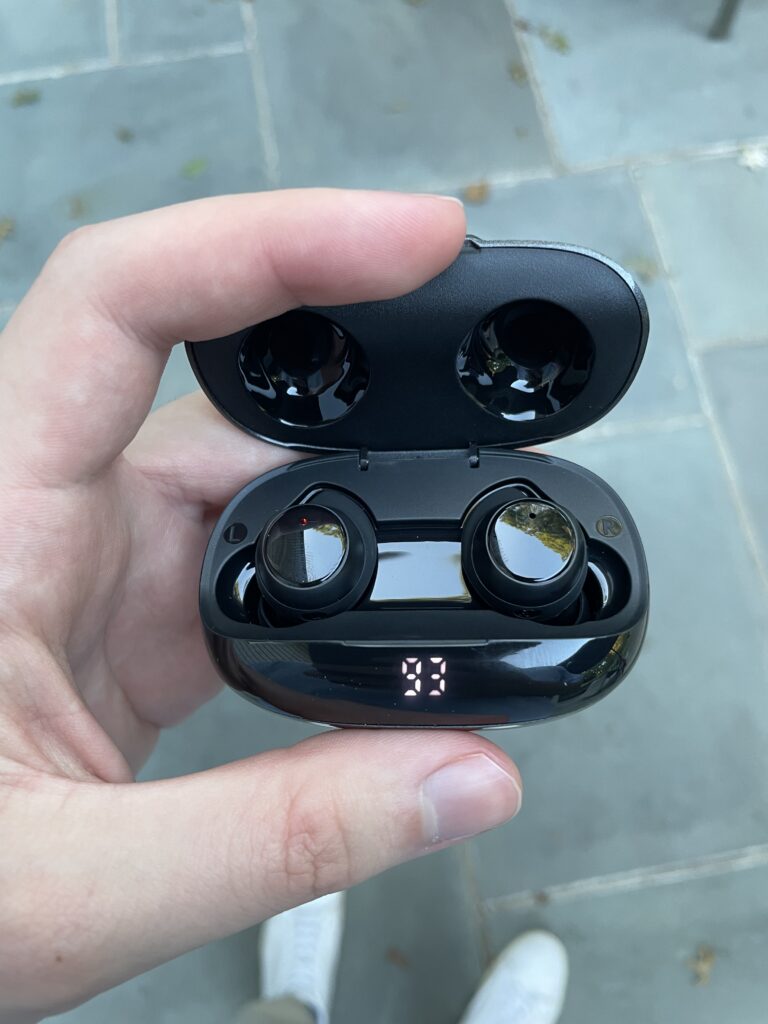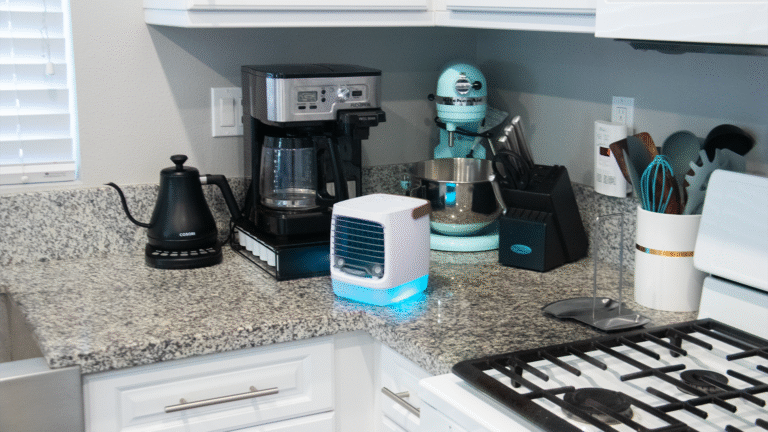Vigil Dash Camera Review: Is It Actually Worth It?
A few months ago, I was involved in a minor fender bender that quickly turned into a “he said, she said” situation. While I was confident I wasn’t at fault, I had no way to prove it. After watching my insurance premium increase despite my protests, I decided it was time to invest in a dash cam.
After researching several options, I settled on the Vigil Dash. This review covers my experience with it over the past three months, examining its features, performance, and whether it actually delivers on its promises.
Quick Summary
After using the Vigil Dash daily for over three months, I’ve found it to be a solid option for drivers looking for reliable evidence recording and peace of mind. It offers dual-channel recording (front and rear cameras), decent night vision, and motion detection for parked vehicles. Installation is straightforward, and video quality is clear enough to capture essential details like license plates in daylight. While not perfect, especially in extremely low light conditions, it represents good value at its current promotional price point (60% off).
| Pros | Cons |
|---|---|
| ✅ Front and rear dual-channel recording | ❌ Night vision could be better on dark roads |
| ✅ G-sensor automatically saves footage during impacts | ❌ App interface feels somewhat dated |
| ✅ Easy installation with included mount | ❌ Memory card not included |
| ✅ Parking mode with motion detection | ❌ Can occasionally disconnect from Wi-Fi |
| ✅ Clear 1080P video quality for license plates | ❌ Limited customer support options |
Check Current Price and Availability →
Why People Get Dash Cams
Before diving into the specifics of the Vigil Dash, it’s worth understanding why dash cams have become so popular. From my research and conversations with other drivers, a few key reasons stand out:
Evidence in Accidents and Disputes
The most compelling reason is having indisputable video evidence in case of accidents or disputes. As one person put it in an online discussion I read: “Think of it like insurance—zero benefits until you need it, then many benefits.” Another driver shared how their dash cam saved them $3,700 in repairs after proving they weren’t at fault in a collision.
Insurance Benefits
Many drivers report that dash cams can directly impact insurance outcomes. Some insurance companies may offer discounts for having one installed (though this varies by provider), and footage can expedite claims by clearly establishing fault.
Theft and Vandalism Protection
With features like parking mode and motion detection, dash cams can record incidents even when your car is parked and unattended, potentially capturing evidence of theft or vandalism.
Peace of Mind
Perhaps the most underrated benefit is simple peace of mind. Knowing you have objective evidence of everything that happens on the road reduces stress and anxiety, especially in areas with aggressive drivers or high accident rates.
Vigil Dash Features and Performance
Design and Installation
The Vigil Dash has a compact design that doesn’t obstruct your view while driving. Installation was straightforward—I mounted it behind my rearview mirror using the included suction mount, ran the cables along the edge of the windshield and down to the power source, and set up the rear camera with minimal fuss.
The camera powers on automatically when you start your car and shuts off when you turn the ignition off, making operation completely hands-free after the initial setup.
Video Quality
The camera records in 1080P with a 170° field of view, which captures nearly everything happening in front of and behind the vehicle. During daylight, the footage is clear and detailed enough to read license plates of cars within about 15-20 feet, which is crucial for accident documentation.
Night vision is adequate on well-lit streets but struggles on darker rural roads—you can still make out vehicles and major objects, but finer details like license plates become difficult to read unless the car is very close or under street lighting.
Key Features in Action
G-Sensor and Event Recording
The built-in G-sensor automatically detects impacts and locks that portion of footage so it doesn’t get overwritten by the loop recording. I tested this by intentionally hitting a speed bump at a higher speed than normal, and it correctly tagged and saved the footage.
Parking Mode
The parking mode activates when the car is stationary, using motion detection to record any activity around the vehicle. This feature requires either constant power through a hardwiring kit (sold separately) or relies on the camera’s internal battery, which lasts about 20 minutes.
I had a delivery person approach my car while it was parked, and the camera successfully captured this activity, though it drained the internal battery relatively quickly.
Loop Recording
The loop recording works as advertised, automatically overwriting the oldest footage (except locked events) when the memory card gets full. I recommend using at least a 32GB card (not included) for a decent amount of recording time.
Real-World Performance
After three months of daily use, the Vigil Dash has performed reliably in various conditions. Thankfully, I haven’t been in any accidents since installing it, but it has captured some interesting moments:
- A car swerving dangerously close to me on the highway
- A near-miss at an intersection when someone ran a red light
- A beautiful sunset drive along the coast (an unexpected bonus use)
The peace of mind knowing these events are documented has genuinely reduced my driving anxiety. As one online user aptly described it: “It’s definitely a stress reliever when you encounter idiots on the road.”
Comparing to Alternatives
I researched several other dash cams before choosing the Vigil Dash. Here’s how it compares:
Premium Brands (Garmin, BlackVue)
Higher-end models offer better resolution (up to 4K), superior night vision, and more sophisticated features like cloud uploading and real-time alerts. However, they typically cost 2-3 times more than the Vigil Dash, making them harder to justify for average drivers.
Budget Alternatives
There are cheaper options around $30-40, but these generally lack dual-channel recording, have poorer night vision, and less reliable build quality. The Vigil Dash represents a good middle ground, especially with its current discount.
Similar Price Point
Compared to other mid-range options, the Vigil Dash offers comparable video quality and features. Its G-sensor seems particularly sensitive (in a good way), correctly identifying incidents that some other models might miss.
Value Assessment
At its regular price, the Vigil Dash would be considered mid-range among dash cams. However, with the current 60% off promotion, it represents excellent value for the features provided.
When I consider that a single disputed accident could cost hundreds or thousands in increased insurance premiums or repairs, the investment seems easily justified. As one testimonial from a buyer mentioned: “It paid for itself in just 1 month!”
Who Should Buy This Dash Cam?
The Vigil Dash is well-suited for:
- Commuters who drive daily in heavy traffic
- Parents with teen drivers who want to monitor driving habits
- Rideshare drivers needing to document passenger interactions
- Anyone who’s previously been in a disputed accident
- Drivers in areas with high rates of vandalism or theft
It’s probably not necessary for people who drive very infrequently or those who require professional-grade video quality for specific purposes.
Final Thoughts
After three months with the Vigil Dash, I consider it a worthwhile purchase that has delivered on its core promises. While it’s not perfect—particularly the night vision on unlit roads—it performs reliably for its intended purpose: providing clear evidence and peace of mind.
The current promotional price makes it particularly attractive compared to similar models, and the dual-channel recording gives more comprehensive coverage than single-camera options in the same price range.
Like most dash cam users, I hope I never actually “need” my footage, but knowing it’s there has made me a more confident and less stressed driver. As one online commenter wisely noted: “A dash cam acts as a crucial safety net; it’s absolutely necessary. Think of it as an additional layer of protection.”
Common Questions
How long does the included memory card last before overwriting?
The Vigil Dash doesn’t come with a memory card, so you’ll need to purchase one separately. With a 32GB card, you can expect about 4 hours of dual-channel recording before loop recording begins overwriting the oldest footage.
Does it record audio inside the car?
Yes, but this feature can be turned off in the settings if you prefer privacy.
Will it drain my car battery?
When properly installed using the cigarette lighter adapter, it only draws power when the car is running. For parking mode with the engine off, you’d need a hardwiring kit to connect it directly to the car’s battery with a voltage cutoff to prevent battery drain.
Is it easy to retrieve footage when needed?
Yes, you can either remove the memory card and view files on a computer, or connect to the camera via Wi-Fi and the companion app to download footage directly to your smartphone.
Do I need technical knowledge to install it?
Basic installation requires no technical knowledge—just attaching the mount, plugging it in, and positioning the cameras. For hardwired installation (for parking mode), you might want professional help unless you’re comfortable working with your vehicle’s electrical system.
Have you had experiences with dash cams that saved you from difficult situations? Share in the comments below!







